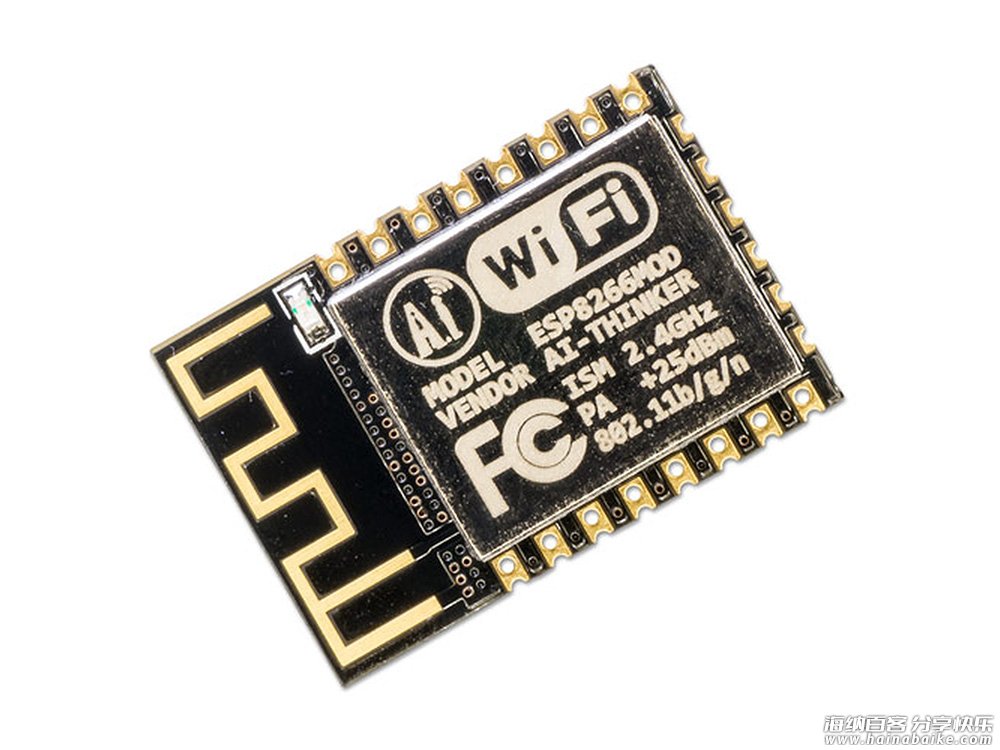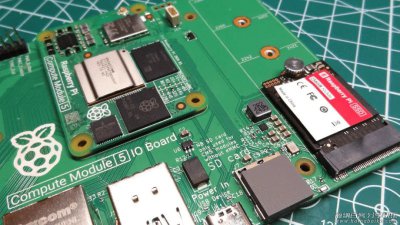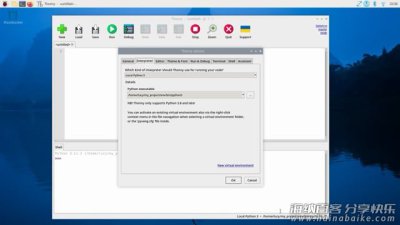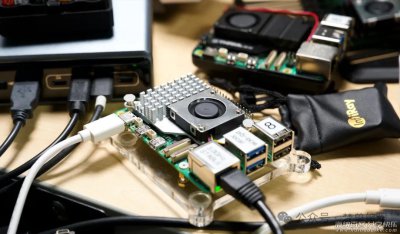友情提示点击顶部放大镜 可以使用站内搜索 记住我们的地址 www.hainabaike.com

这是针对 ESP8266 版的快速指南,请大家注意与 pyboard 版的区别。简单介绍一组有关 ESP8266 开发板下使用 MicroPython 开发的范例程序。
machine 和频率控制
import machine machine.freq() # get the current frequency of the CPU machine.freq(160000000) # set the CPU frequency to 160 MHz
ESP模块
import esp esp.osdebug(None) # turn off vendor O/S debugging messages esp.osdebug(0) # redirect vendor O/S debugging messages to UART(0)
网络
import network
wlan = network.WLAN(network.STA_IF) # create station interface
wlan.active(True) # activate the interface
wlan.scan() # scan for access points
wlan.isconnected() # check if the station is connected to an AP
wlan.connect('essid', 'password') # connect to an AP
wlan.config('mac') # get the interface's MAC adddress
wlan.ifconfig() # get the interface's IP/netmask/gw/DNS addresses
ap = network.WLAN(network.AP_IF) # create access-point interface
ap.active(True) # activate the interface
ap.config(essid='ESP-AP') # set the ESSID of the access point
一个用于连接到你的本地 WiFi 的函数:
def do_connect():
import network
wlan = network.WLAN(network.STA_IF)
wlan.active(True)
if not wlan.isconnected():
print('connecting to network...')
wlan.connect('essid', 'password')
while not wlan.isconnected():
pass
print('network config:', wlan.ifconfig())
网络连接后,就可以创建和使用 TCP/UDP 了。
GPIO
from machine import Pin p0 = Pin(0, Pin.OUT) # create output pin on GPIO0 p0.high() # set pin to high p0.low() # set pin to low p0.value(1) # set pin to high p2 = Pin(2, Pin.IN) # create input pin on GPIO2 print(p2.value()) # get value, 0 or 1 p4 = Pin(4, Pin.IN, Pin.PULL_UP) # enable internal pull-up resistor p5 = Pin(5, Pin.OUT, value=1) # set pin high on creation
定时器
from machine import Timer tim = Timer(-1) tim.init(period=5000, mode=Timer.ONE_SHOT, callback=lambda t:print(1)) tim.init(period=2000, mode=Timer.PERIODIC, callback=lambda t:print(2))
延时
import time time.sleep(1) # sleep for 1 second time.sleep_ms(500) # sleep for 500 milliseconds time.sleep_us(10) # sleep for 10 microseconds start = time.ticks_ms() # get millisecond counter delta = time.ticks_diff(start, time.ticks_ms()) # compute time difference
PWM
from machine import Pin, PWM pwm0 = PWM(Pin(0)) # create PWM object from a pin pwm0.freq() # get current frequency pwm0.freq(1000) # set frequency pwm0.duty() # get current duty cycle pwm0.duty(200) # set duty cycle pwm0.deinit() # turn off PWM on the pin pwm2 = PWM(Pin(2), freq=500, duty=512) # create and configure in one go
ADC
from machine import ADC adc = ADC(0) # create ADC object on ADC pin adc.read() # read value, 0-1024
软件 SPI
SPI 有两种驱动。一种是软件方式 (bit-banging),可以使用任何 pins:
from machine import Pin, SPI # construct an SPI bus on the given pins # polarity is the idle state of SCK # phase=0 means sample on the first edge of SCK, phase=1 means the second spi = SPI(-1, baudrate=100000, polarity=1, phase=0, sck=Pin(0), mosi=Pin(2), miso=Pin(4)) spi.init(baudrate=200000) # set the baudrate spi.read(10) # read 10 bytes on MISO spi.read(10, 0xff) # read 10 bytes while outputing 0xff on MOSI buf = bytearray(50) # create a buffer spi.readinto(buf) # read into the given buffer (reads 50 bytes in this case) spi.readinto(buf, 0xff) # read into the given buffer and output 0xff on MOSI spi.write(b'12345') # write 5 bytes on MOSI buf = bytearray(4) # create a buffer spi.write_readinto(b'1234', buf) # write to MOSI and read from MISO into the buffer spi.write_readinto(buf, buf) # write buf to MOSI and read MISO back into buf
硬件 SPI
硬件 SPI 速度更快 (最高 80Mhz),但是只能使用下面的 pins: MISO – GPIO12, MOSI – GPIO13, 以及 SCK – GPIO14。它的用法和上面的软件SPI相同,除了pin参数:
from machine import Pin, SPI hspi = SPI(1, baudrate=80000000, polarity=0, phase=0) (SPI(0) 仅用于内部的 FlashROM。)
I2C
from machine import Pin, I2C # construct an I2C bus i2c = I2C(scl=Pin(5), sda=Pin(4), freq=100000) i2c.readfrom(0x3a, 4) # read 4 bytes from slave device with address 0x3a i2c.writeto(0x3a, '12') # write '12' to slave device with address 0x3a buf = bytearray(10) # create a buffer with 10 bytes i2c.writeto(0x3a, buf) # write the given buffer to the slave
休眠
import machine
# configure RTC.ALARM0 to be able to wake the device
rtc = machine.RTC()
rtc.irq(trigger=rtc.ALARM0, wake=machine.DEEPSLEEP)
# check if the device woke from a deep sleep
if machine.reset_cause() == machine.DEEPSLEEP_RESET:
print('woke from a deep sleep')
# set RTC.ALARM0 to fire after 10 seconds (waking the device)
rtc.alarm(rtc.ALARM0, 10000)
# put the device to sleep
machine.deepsleep()
onewire 总线
from machine import Pin
import onewire
ow = onewire.OneWire(Pin(12)) # create a OneWire bus on GPIO12
ow.scan() # return a list of devices on the bus
ow.reset() # reset the bus
ow.readbyte() # read a byte
ow.read(5) # read 5 bytes
ow.writebyte(0x12) # write a byte on the bus
ow.write('123') # write bytes on the bus
ow.select_rom(b'12345678') # select a specific device by its ROM code
驱动 DS18B20
import time ds = onewire.DS18B20(ow) roms = ds.scan() ds.convert_temp() time.sleep_ms(750) for rom in roms: print(ds.read_temp(rom))
网络
import network
wlan = network.WLAN(network.STA_IF) # create station interface
wlan.active(True) # activate the interface
wlan.scan() # scan for access points
wlan.isconnected() # check if the station is connected to an AP
wlan.connect('essid', 'password') # connect to an AP
wlan.config('mac') # get the interface's MAC adddress
wlan.ifconfig() # get the interface's IP/netmask/gw/DNS addresses
ap = network.WLAN(network.AP_IF) # create access-point interface
ap.active(True) # activate the interface
ap.config(essid='ESP-AP') # set the ESSID of the access point
def do_connect():
import network
wlan = network.WLAN(network.STA_IF)
wlan.active(True)
if not wlan.isconnected():
print('connecting to network...')
wlan.connect('essid', 'password')
while not wlan.isconnected():
pass
print('network config:', wlan.ifconfig())
NeoPixel 驱动
from machine import Pin from neopixel import NeoPixel pin = Pin(0, Pin.OUT) # set GPIO0 to output to drive NeoPixels np = NeoPixel(pin, 8) # create NeoPixel driver on GPIO0 for 8 pixels np[0] = (255, 255, 255) # set the first pixel to white np.write() # write data to all pixels r, g, b = np[0] # get first pixel colour
底层驱动
import esp esp.neopixel_write(pin, grb_buf, is800khz)
APA102驱动
from machine import Pin from apa102 import APA102 clock = Pin(14, Pin.OUT) # set GPIO14 to output to drive the clock data = Pin(13, Pin.OUT) # set GPIO13 to output to drive the data apa = APA102(clock, data, 8) # create APA102 driver on the clock and the data pin for 8 pixels apa[0] = (255, 255, 255, 31) # set the first pixel to white with a maximum brightness of 31 apa.write() # write data to all pixels r, g, b, brightness = apa[0] # get first pixel colour
底层驱动
import esp esp.apa102_write(clock_pin, data_pin, rgbi_buf)
webrepl
import webrepl webrepl.start() webrepl.stop()
标签: 编程MicroPythonpythonESP8266pyADCDACspi
文章来源:
MicroPython 实验室
版权声明:本站资源来自互联网收集,仅供用于学习和交流,请遵循相关法律法规,本站一切资源不代表本站立场,如有侵权、后门、不妥请联系本站删除。










评论列表